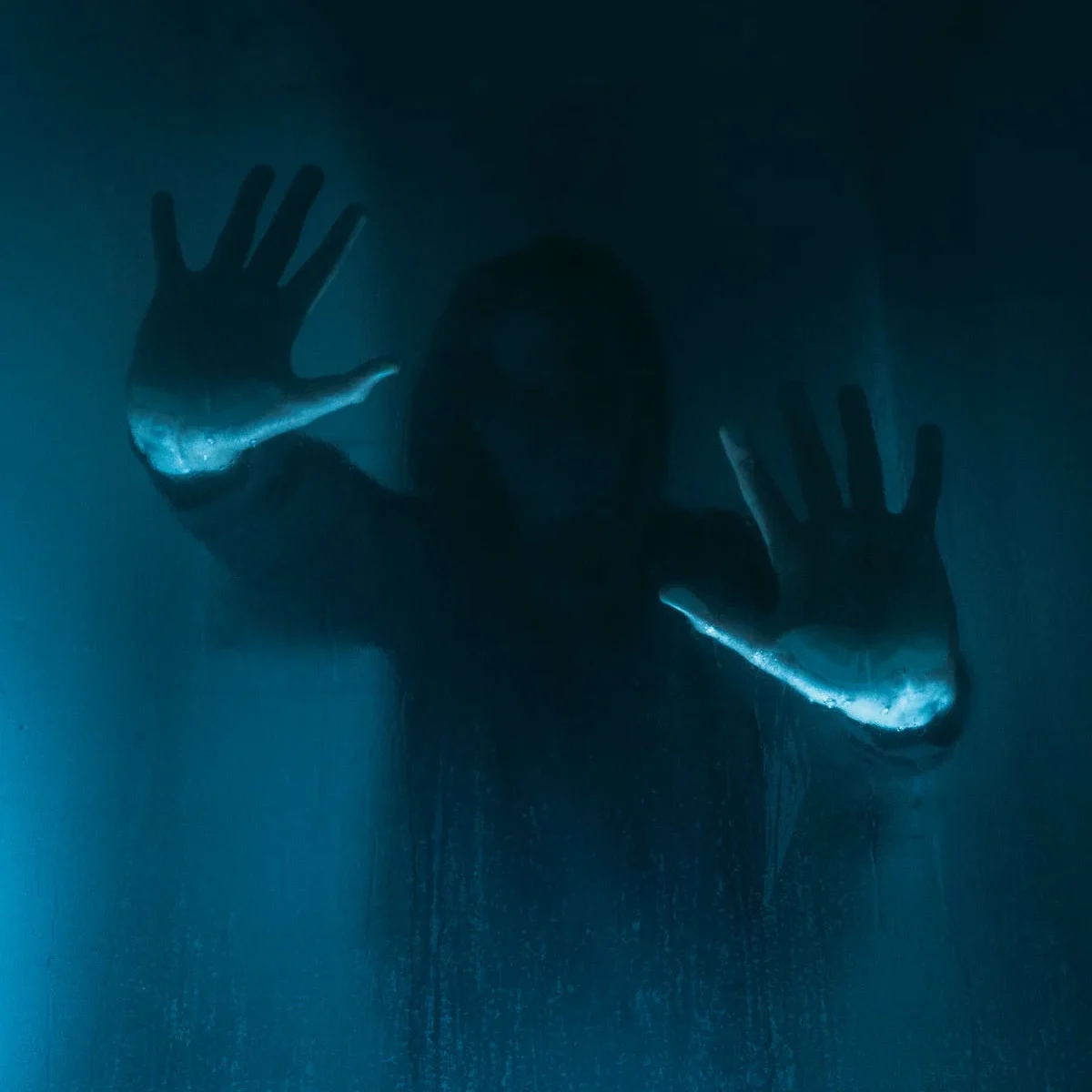Originally reported on Freepressjournal by Sapna Sarfare | Updated on: Saturday, October 24, 2020, 07:14 PM IST.
Come Halloween and all things spooky start ruling our social media feeds. Movie channels & OTT platforms make dedicated horror-fest space. But, the horror genre is still an underrated one in India. FPJ writer tries to figure out why.
Horror is still an underrated genre in movies, television and books in India, though OTT platforms have been a success here. In the land of storytelling, it is an odd circumstance. Speaking about the genre, a Netflix India spokesperson reveals, “As human beings, we are uniquely imaginative and horror helps us create, escape to and be a part of a virtual world that is full of danger, thrill and excitement. We go through a range of emotions that may terrify us or scare us when we watch a horror show or a film and yet, we leave this experience behind and re-enter the world as we know it as soon as it ends.”
Is it underrated?
British filmmaker Patrick Graham of Ghoul and Betaal fame thinks it’s undervalued with fewer first-rate horror creations. “There seems to be a prerequisite for cheap scares, clichéd stories and a slightly ‘cheesy’, done-to-death, approach that doesn’t appeal to audiences more acclimatised to films like The Conjuring, IT, Annabelle, and other popular franchises.” He thinks it’s treated more like a novelty and immature fair-ground attraction. But he recollects many good recent options like Tumbaad, Stree, Pari and Bulbul.
Filmmaker and Betaal co-director Nikhil Mahajan finds horror an unexplored genre stuck in a time capsule of haunted houses or possession stories. He is glad that the OTT platforms have increased the numbers of horror audiences. “For feature films, the dynamics and business model is different. However, every time a good horror film has released it has found love from the audiences.”
Despite moving on from Aahat and Aapbeeti, the content is still not great, feels author Ajinkya Bhasme. “The education system pushes books by Shakespeare, Tolstoy, Dickens and Wordsworth where the horror genre again gets dematerialized. Years of social conditioning and the lack of good material by volume just statistically makes the probability of a person enjoying horror close to none. However, horror genre has become the ‘smelly cheese’ of this industry. It sounds disgusting with the preconceived notions, but if you taste it, there is actually content out there which is fresh and unique and you would hate going back to your regular cheese after consuming that,” he adds.
Screenwriter and bestselling horror writer K. Hari Kumar finds the genre’s market marginalised and untapped despite our rich oral horror tradition. “Only few retain the taste in horror, while majority keep away because of the fear it instilled in their mind. The tendency to choose an international writer sometimes puts Indian English writers of the genre at a disadvantage. The equation changes when horror readers from regional languages switch to Indian English or our books are translated into regional languages,” he says.
Author Neil D’Souza finds under-representation in authors and publishers, due to horror in India being considered a ‘poor cousin of other literary genres’. “There’s some reservation in reading horror, which might be due to the fact that it is considered an adult-rated genre and some filmmakers have spoiled the scene further by mixing horror with erotica.”
Majoring OTT
For Nikhil, the OTT business model is about providing more content. “It is user-friendly, and importantly, grants you secured, private viewing. One has the luxury to watch content that works for them individually. This is why divisive genres such as horror and crime thrillers have caught on so well on this medium.”
Graham too agrees and feels one can censor the work at one’s pace. “They also perhaps attract a more discerning and sophisticated audience.” We have clearly moved on from the Ramsay Brothers horror format.
Hari thinks investment runs the market and production houses want recovery. “When you pack a horror story with elements of comedy, romance, and chartbusting songs, the package might do well in theatres. A horror series on an OTT platform gets a decent budget and since the recovery is not subject to ticket sales, makers are more confident to produce horror content.”
Ajinkya notices visual horror visual content as low in investment and high in returns. “The moment big production houses realise that movies should be based on books, they will have high returns, because books are written on plots.” Presently, Graham vouches for OTT platforms liberally telling extreme stories which are not everyone’s cup of tea. While Nikhil believes in makers delving deep into different sub genres and tailoring things to suit particular tastes and cultures.
Book mode
Neil realised that India has a huge horror audience inclined to stories with elements from our mythology and folklore. “Our preferred horror sub-genres are supernatural, occult, paranormal, and monster horror and even psychological horror. Even if 1% of the reading population buys your horror book, it is ten times a bestseller!” Ajinkya feels readers want a revolution, as publishing houses, influencers and marketers stick to old formula for creating hits and keep fresh genres or unique materials away.
The future
Ajinkya thinks the genre is picking force. “It is about time that the decision makers open their eyes to this genre and treat it with the respect it deserves,” he says. Despite pandemic keeping the genre down momentarily, Hari thinks it will develop with new ideas, different from the boring white sari bride on a highway. “Instead they’d want to see what happens when a novel virus turns a human into monster or hacks your smartphone into a mind-controlling demon,” he adds.
The international Horror Writers’ Association (HWA) recently opened an Indian chapter and Neil became its President. He has seen many Indian horror authors move to other online mediums. “The options have drastically increased, and there are lakhs of readers/listeners/viewers tuning in.”

Leave a Reply